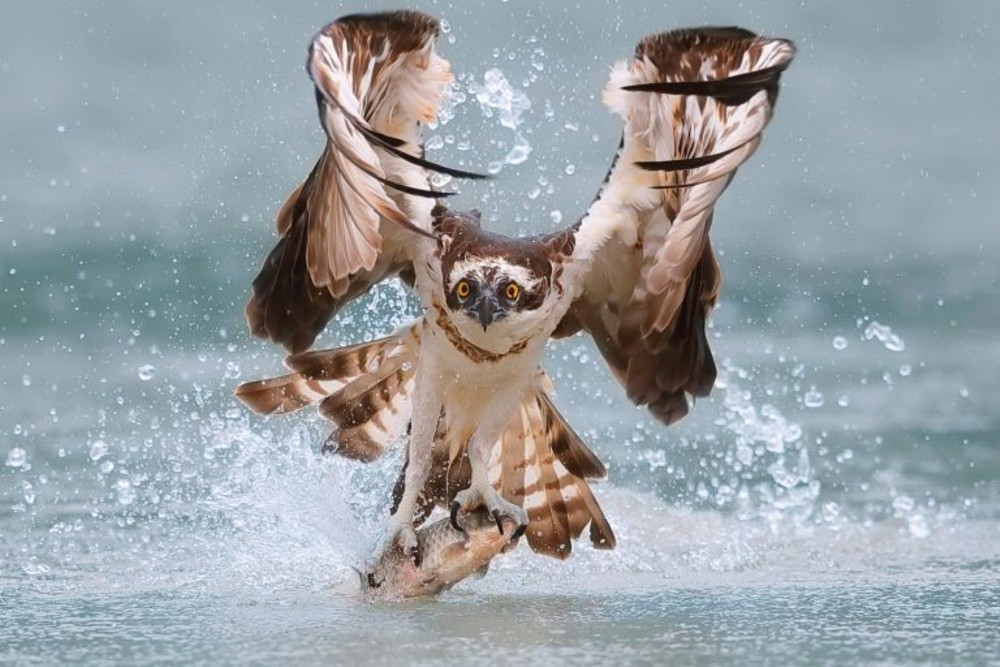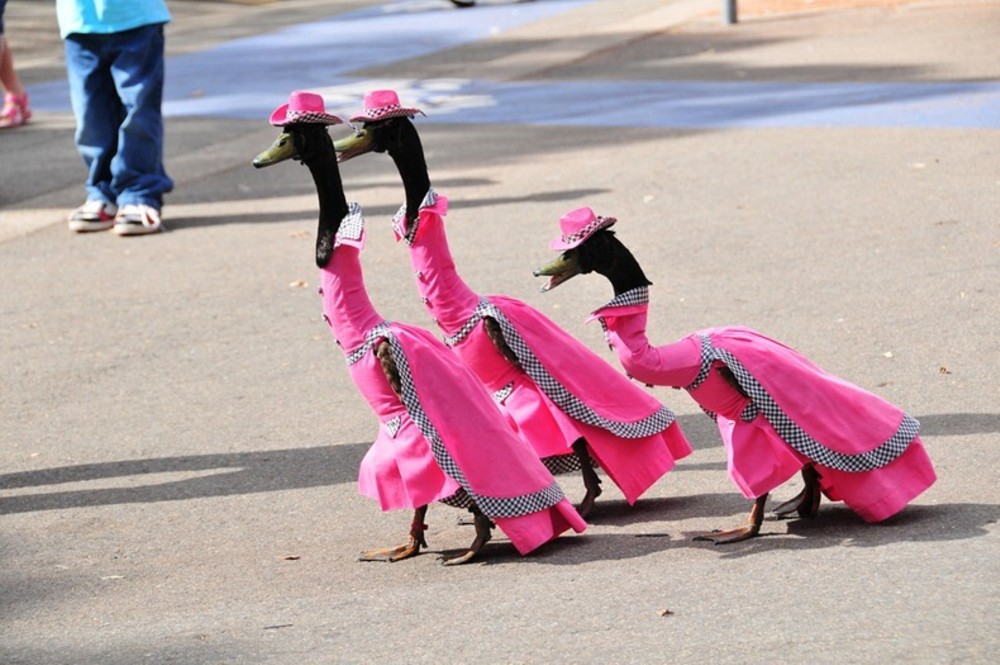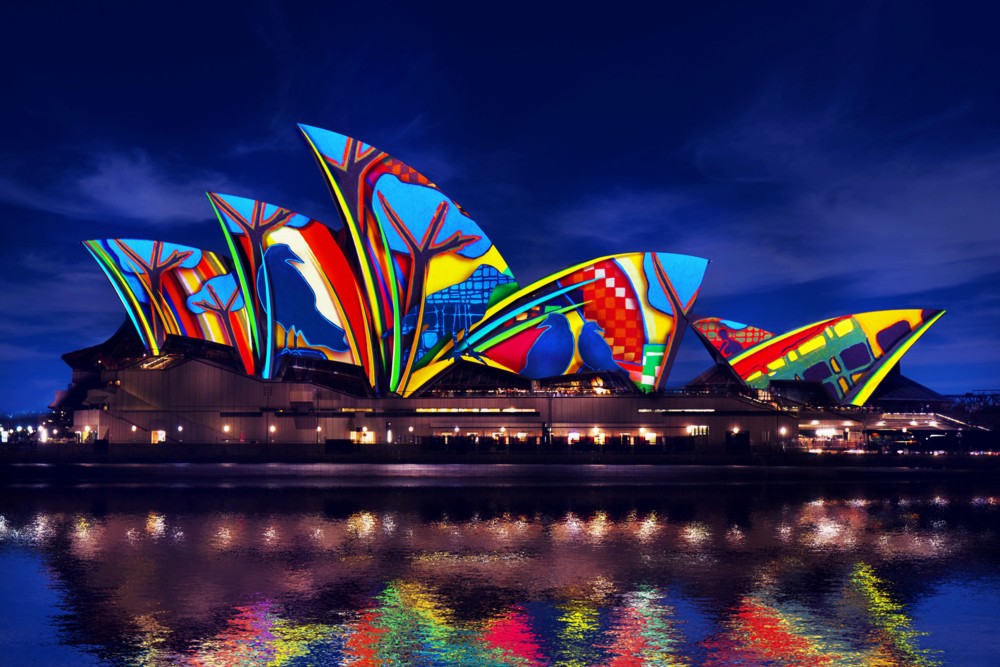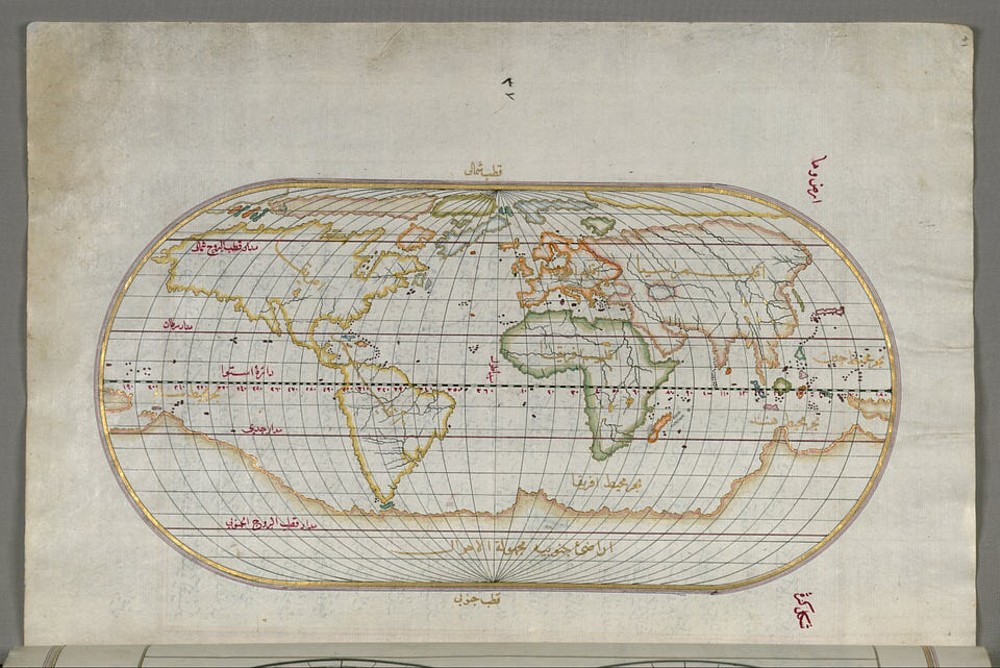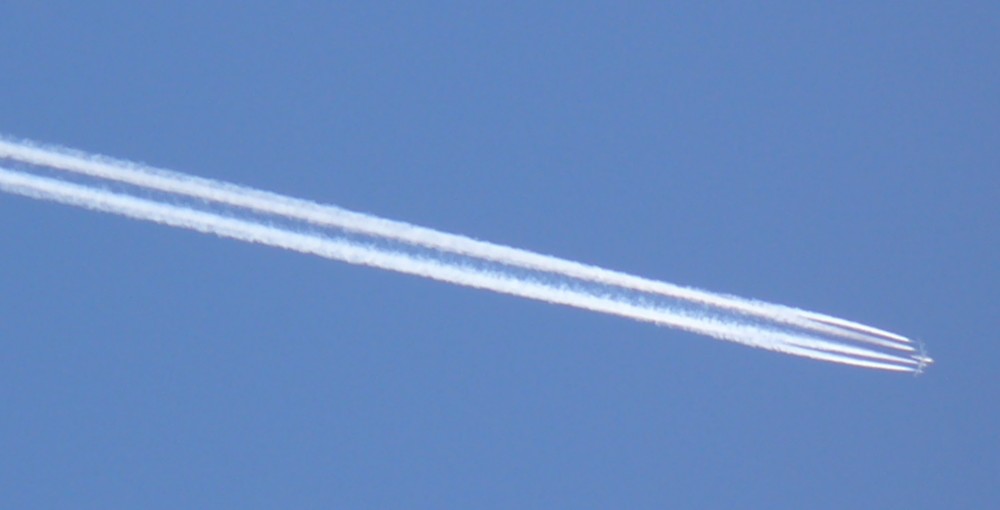unaturday morning lie-in.
The thing is, England are pretty good this time around, and watching all the hope being squeezed out of them, and experiencing all the hope being squeezed out of me, was more than I could have endured. I just wanted one nice, humane bullet to the head, with no messing about.
The thing also (see above) is, England never beat the All Blacks at the World Cup. Never. It just doesn’t happen. They always lose to them. Not necessarily by much, but by enough, every time. The French, yes, they beat the All Blacks at the World Cup, every other decade. But England? Never. As Shakespeare would have put it had he been a rugby fan: Never never never never never. So, why was this game going to be any different?
Now, my problem is that I, along with millions of other real rugby fans (such as I clearly am not) by no means all of whom are even English, now think that England are favourites to beat South Africa. South Africa only just beat Wales this morning, and Wales only really really care about beating England. England beat South Africa at the World Cup quite often, just as South Africa beat England at the World Cup quite often. More to the point, England have now beaten the All Blacks at this World Cup, and the All Blacks beat South Africa at this World Cup in the group stage. So, logic says that England will accordingly beat South Africa. So I probably will watch the final. At which point all those South African backs will go crazy and beat England by twenty points. Deep down, however, I only say that to stop it happening. What I really think is that England will win, and very possibly by quite a lot.
It really would be something if England could dump the three senior Southern Hemisphere teams out of this thing, bang bang bang, one after another. Trouble is, this has not happened yet, and with sport, you never know. Sport is not, to put it mildly, always logical.
I mean, I imagine all those All Black fans got the shock of their lives, as it gradually dawned on them that England were, yesterday, better than them, and were going to beat them, at the World Cup. For the first time. Ever. Ever ever ever ever ever. They should have stayed in bed or gone to bed early, or whatever they would have needed to do in their time zone, to spare themselves the grief.
Stephen Fry once quoted Vincent Price saying: exquisite agony. That about sums up what I’m trying to say in this.

